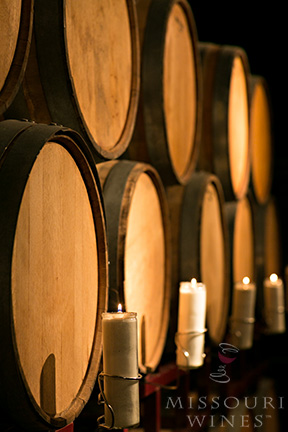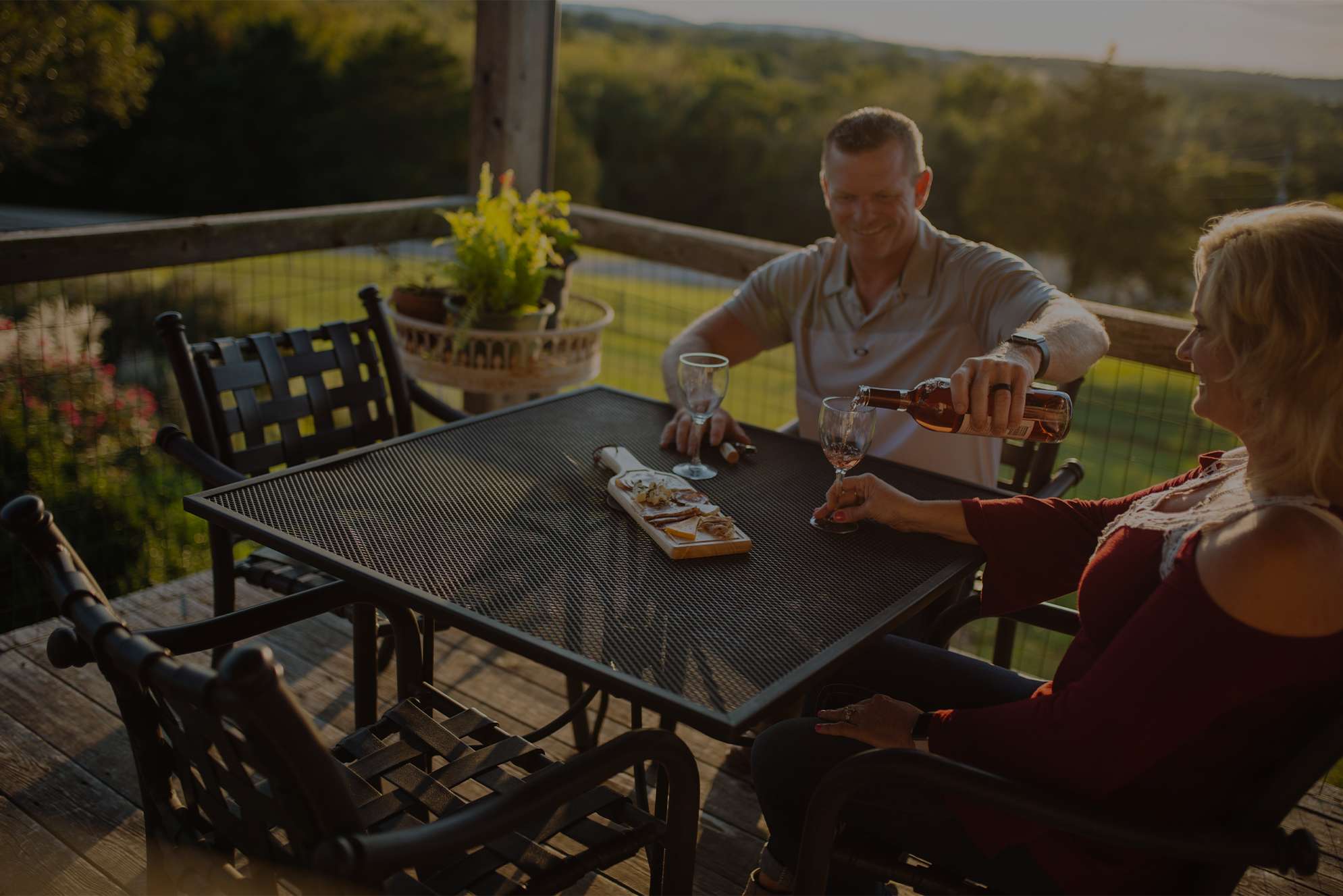November 20, 2015
Oak barrels and wine go together like mac and cheese or peanut butter and jelly. You can have one without the other, but together they make magic. Barrels have been around for very, very long time, and over centuries of use winemakers have discovered how they are a lot more than just a storage medium.

Aging wines in oak barrels makes them softer and smoother; they go through subtle chemical changes throughout their time in the barrel. Allowing a very slow introduction of oxygen into the wine, a barrel helps soften harsh, young tannins as the wine ages. The wood also imparts some of its characteristics into the wine. Scents of clove, cinnamon, allspice, tobacco and vanilla can be found in wines after oak aging, as well as flavors of caramel, vanilla and butter.
There are several components that affect the types and intensity of scents and flavors contributed by an oak barrel: origin of the wood, level of char or toast, and age. The most commonly used oaks are French and American. American oak (a large percentage of which comes from Missouri) is known for producing bolder flavors, and French is touted for contributing more subtle aromas. The level of char or toast can also impact the wood characteristics that come through in the wine and the intensity. Each level of increase in the char of a barrel results in a more assertive flavor in the finished wines.
The age of a barrel also makes a difference in the level of flavor imparted in the wine. A brand new barrel will have the most noticeable impact on the wine, the intensity decreasing with each additional use. Most wineries have their barrels on an “oak aging program” that rotates which wines are aged in particular barrels based on the age of the barrels. Once barrels have run out of flavor, they often find new uses around the wineries as planters, furniture, etc. They’re just too cool to get rid of!

Here in the Show-Me state red wines such as Chambourcin and Norton are often aged in oak, but some winemakers will also age white wines such as Chardonel and Vidal Blanc on oak, usually for a shorter time than red wines.
Technological advances such as refrigeration and stainless steel tanks have certainly modernized many parts of the winemaking industry, but there is something about barrel-aged wines that cannot be replaced. Find your favorite oak aged Missouri wine at one of the more than 125 wineries, and enjoy sipping on a little history!

